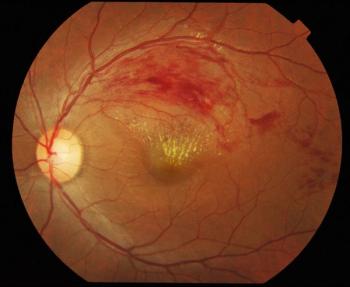
According to research, many patients with retinal vein occlusion have vision benefits, but require long-term monitoring and treatment

According to research, many patients with retinal vein occlusion have vision benefits, but require long-term monitoring and treatment
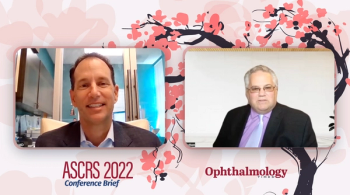
David Wirta, MD, Medical Director for the Eye Research Foundation, Inc., presents the data of Aerie Pharmaceuticals, Inc.’s novel dry eye product candidate, AR-15512 (0.003%). The successful phase 2 results has propelled the product into phase 3 trials.

Philip Dockery, MD, MPH, discusses his paper "Corneal cross linking for progressive keratoconus, a retrospective analysis of 515 consecutive eyes," with Ophthalmology Times' David Hutton.
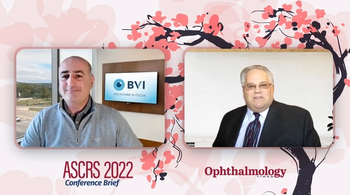
Shervin Korangy, CEO of BVI, shares about the company's new technology, Beyeonics One, on display during ASCRS 2022.

Researchers at the University of Southern California have stimulated the retinas of blind mice using focused ultrasound technology.

According to the company, post-hoc analyses from Illuminate trial of sepofarsen demonstrate an encouraging efficacy signal when comparing active treatment and sham eyes to their corresponding contralateral eyes across multiple endpoints. The company plans to discuss findings with regulators in Q3.

The award recipients were chosen by an all-volunteer selection committee. The committee consists of leaders and professionals in the ophthalmology, optometry, advocacy, public health and scientific communities.
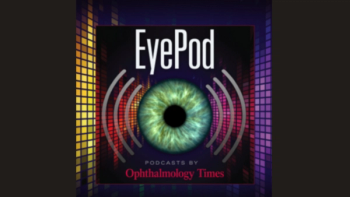
In this episode of EyePod, Ora Clinical’s Keith Lane discusses uveitis and flare ups, including challenges in clinical trials.

Impact of native lipids on rhodopsin signaling and regeneration opens door to GPCR drug discovery in native membrane environments
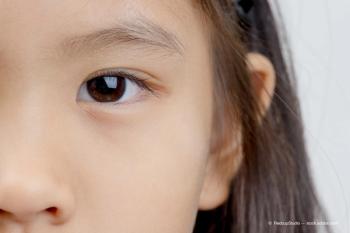
The trial marks the first-ever in vivo delivery of an experimental CRISPR gene editing medicine to a pediatric patient, with the company on track to complete dosing of the pediatric mid-dose cohort in the first half of 2022.

A team of investigators from Pohang University of Science and Technology has found that conjunctival goblet cell examination is important for the precise diagnosis and effective treatment of ocular surface diseases; however, CGC examination has not been possible until now due to lack of non-invasive devices.

According to researchers at the University of California, Irvine, base editing may provide long-lasting retinal protection and prevent vision deterioration in patients with inherited retinal degeneration, specifically in Leber congenital amaurosis patients.

Top-line results are expected during second quarter for the therapeutic to treat patients with dry eye disease.

The company’s Systane iLux2 Meibomian Gland Dysfunction Thermal Pulsation System is a handheld device that allows patients to see the need for treatment and visualize their procedure.

According to the company, the VIRGO trial evaluated the safety and efficacy of the investigational twice-daily administration of pilocarpine HCl ophthalmic solution 1.25% in adults with presbyopia. The trial met its primary efficacy endpoint, the company noted.

According to the company, the modifier gene therapy candidate is for the treatment of retinitis pigmentosa resulting from mutations in the nuclear receptor subfamily 2 group E member 3 and Rhodopsin genes.
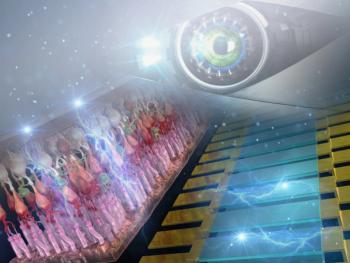
Investigators at the International Center for Materials Nanoarchitectonics have developed the first-ever artificial retinal device that increases the edge contrast between lighter and darker areas of an image, using ionic migration and interaction within solid.

Approval is based on year 1 data from the Phase III KESTREL and KITE trials investigating brolucizumab 6 mg versus aflibercept 2 mg in DME patients.

The company’s announcement marks first clinical trial in humans of Ocugen’s modifier gene therapy platform.
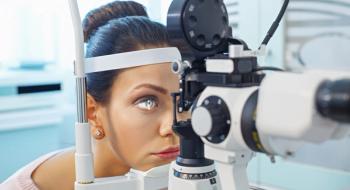
A University of Houston study found that minorities have fewer eye exams, higher instances of disease.

If the BLA is approved, the company could receive 12 years of marketing exclusivity for an FDA-approved alternative for the most frequently used anti-VEGF treatment in wet AMD patients in the United States.

A separate analysis will be presented at the American Academy of Neurology 2022 Annual Meeting, showing that UPLIZNA reduced pan associated with NMOSD over 3 years.
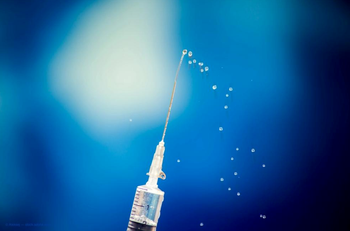
Bausch + Lomb and Clearside Biomedical Inc. are rolling out the new therapeutic, approved by the FDA for suprachoroidal use for the treatment of macular edema associated with uveitis, a form of eye inflammation.

Beginning in the 1970s, James J. Salz, MD, was part of a group of ophthalmologists who first inserted intraocular lens implants during cataract surgery.

The American College of Medical Genetics and Genomics Foundation for Genetic and Genomic Medicine grants its Next Generation Fellowship Awards to promising early-career professionals in a range of medical genetics and genomics specialties. The awards were presented at the 2022 ACMG Clinical Genetics Meeting.

The company is planning a Phase 2 trial with an optimized formulation in wet AMD that is expected to start in fourth quarter of 2022.

The country’s Ministry of Health has issued infringement notices to two ophthalmologist for seeing patients while unvaccinated.

The MIRA-3 Phase 3 FDA Registration trial for Nyxol met its primary endpoint with 58% of treated subjects returning to baseline pupil diameter at 90 minutes compared to 6% of placebo subjects.

The company’s iCare HOME2 self-tonometer allows patients to collect real-world IOP data at any time.

Novel trial design will compare safety and effectiveness outcomes for the OMNI Surgical System and the iStent inject in lowering IOP as a standalone treatment option without concomitant cataract surgery.